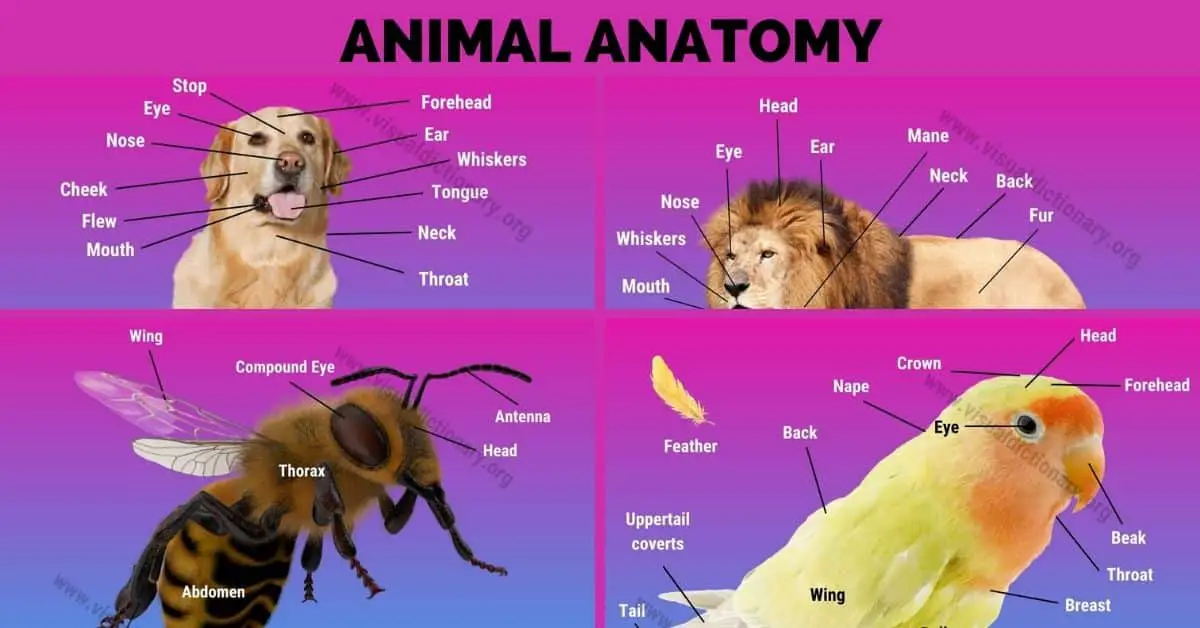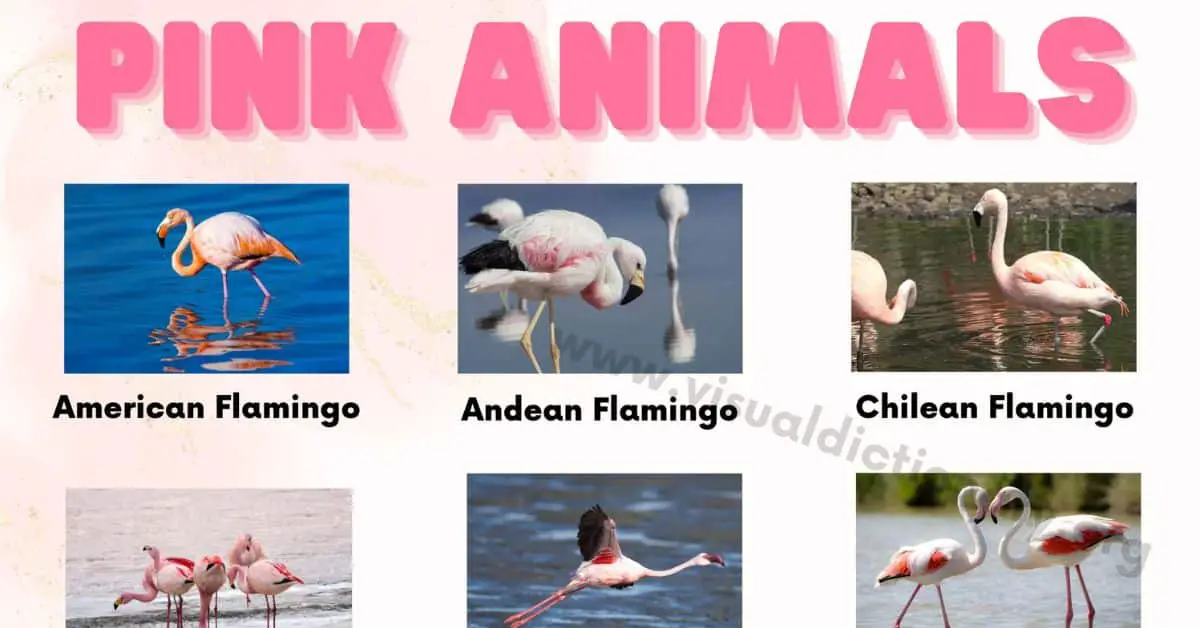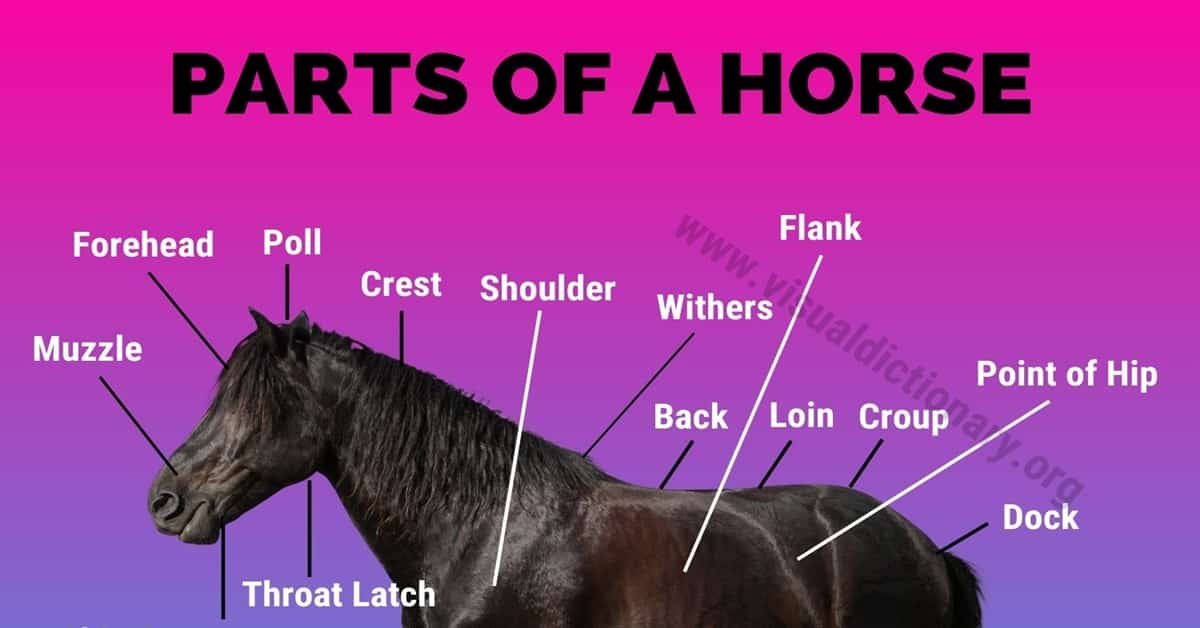Welcome, fellow English learners! Today, we will be exploring the fascinating topic of turtle anatomy and the different parts of a turtle. As we delve into this subject, we will discover the unique features that make turtles one of the most interesting creatures on the planet.
Whether you’re a turtle enthusiast or just curious about these fascinating creatures, this article is sure to provide you with valuable insights into the anatomy of turtles. So, let’s dive in and explore the world of turtle anatomy together!
Table of Contents
Turtles
Turtles are fascinating creatures that have been around for millions of years. They have unique anatomical features that set them apart from other animals. One of the most distinctive features of turtles is their shell, which is made up of the carapace (dorsal portion of shell), plastron (ventral portion of shell), and the bridge, which connects the plastron and carapace. The shell is a very hard carapace that is part of their skeletal structure and is used for protection.
The shell of a turtle is made up of many fused bones. The carapace is the fusion of about 50 bones – the ribs and vertebrae. The plastron is also made up of several bones that are fused together. The shell of a turtle has four main parts, which are the nuchal scute, located at the forward edge of the carapace, the vertebral scutes that run down the middle, the costal scutes, which are right next to the vertebral scutes, and the marginal scutes that line the outer edge.
Turtles have a unique ability to withdraw completely into their shell. Box turtles contain a connective tissue hinge on their plastron that allows them to do this. The shell also provides the turtle with other unique abilities and behaviors. For example, turtles can use their shell to help regulate their body temperature. They can also use their shell to help them swim, as it provides buoyancy and stability in the water.
In addition to their shell, turtles have other unique anatomical features. They have a beak-like mouth that is used for biting and tearing food. Turtles also have a cloaca, which is a single opening for excretion and reproduction. The cloaca is located at the base of the tail and is used for both urination and defecation.
Shell Structure
The shell is the most distinctive feature of turtles, providing excellent protection for their vital organs. It is composed of two main parts: the carapace and the plastron. Let’s take a closer look at each of these parts and the scutes that make up the shell.
Carapace
The carapace is the top part of the shell and is made up of modified bony elements such as the ribs, parts of the pelvis, and other bones found in most reptiles. It is covered by a layer of keratinous scutes that offer additional protection. The scutes are made of a tough, horn-like material that is shed and replaced periodically throughout the turtle’s life.
Plastron
The plastron is the bottom part of the shell and is also made up of modified bony elements. It is connected to the carapace by a bony bridge. Unlike the carapace, the plastron is not covered by scutes. Instead, it is covered by tough, leathery skin.
Scutes
Scutes are the individual plates that make up the shell. They are made of keratin, the same material that makes up our hair and nails. The scutes on the carapace are arranged in a series of rows, while those on the plastron are arranged in a more random pattern.
Turtle Anatomy
Head and Neck
Eyes
Turtles have well-developed eyes that are adapted for underwater vision. They have a nictitating membrane, which is a transparent eyelid that protects their eyes while swimming. Turtles also have a good sense of color vision, which helps them identify prey and predators.
Ears
Turtles have internal ears, which are located inside their skull. They do not have external ears like humans or other animals. Turtles are able to hear low-frequency sounds and vibrations, which helps them detect predators and prey.
Mouth and Beak
Turtles have a beak-like structure instead of teeth. The beak is made up of keratin, the same material that makes up human hair and nails. Turtles use their beak to crush and chew their food. They have a good sense of smell, which helps them locate food in the water.
Limbs and Tail
Front Limbs
Turtles have four limbs that are adapted for different modes of transportation. The front limbs are designed for walking or crawling on land and paddling through water. These limbs are strong and sturdy, with sharp claws that help the turtle grip onto surfaces.
The bones of the front limbs are connected to the turtle’s shell, which provides additional support and protection. The limbs are capable of bending and flexing, allowing the turtle to move in a variety of directions.
Hind Limbs
The hind limbs of a turtle are also adapted for movement on land and in water. These limbs are longer and more muscular than the front limbs, and they are used primarily for swimming.
The hind limbs are connected to the turtle’s pelvis, which is fused to its shell. This provides additional stability and support, allowing the turtle to move quickly and efficiently through the water.
Tail
The tail of a turtle is a unique feature that helps it maintain balance and stability. The tail is made up of several vertebrae, which are connected to the turtle’s shell.
Turtles use their tails to steer and change direction while swimming. The tail is also used to communicate with other turtles, with different species using different tail movements to convey different messages.
Parts of a Turtle | List
- Claw
- Costal shell
- Eye
- Front leg
- Head
- Hind leg
- Mandible
- Marginal shell
- Mouth
- Neck
- Nose
- Nuchal shell
- Pygal shield
- Tail
- Vertebral shell
- Carapace
- Plastron
- Head
- Shell scute
Frequently Asked Questions
What is the structure of a turtle’s shell?
A turtle’s shell is made up of two parts: the upper carapace and the lower plastron. The carapace is made up of bony plates that are covered in scutes, which are made of keratin. The plastron is also made up of bony plates, but it is flatter than the carapace. The shell is attached to the turtle’s spine and ribcage.
How does a turtle’s shell protect it?
A turtle’s shell provides both protection and support for its internal organs. The shell is hard and tough, which helps to protect the turtle from predators and other threats. The shell also helps the turtle to retain moisture, which is important for its survival.
What are the different types of turtle shells?
There are seven different types of turtle shells, which are named after the shape and pattern of their scutes. The seven types are leatherback, hawksbill, green sea turtle, loggerhead, olive ridley, Kemp’s ridley, and flatback.
What is the function of a turtle’s scutes?
A turtle’s scutes serve several functions. They protect the bony plates of the shell, help to retain moisture and provide camouflage. The pattern and color of the scutes can also help to identify different species of turtles.
How do turtles breathe?
Turtles breathe through their lungs, which are located near their spine. They also have a unique respiratory system that includes a cloaca, which is used for both waste elimination and reproduction. Turtles are obligate nasal breathers, which means that they can only breathe through their nose.
What are the internal organs of a turtle?
A turtle’s internal organs include its heart, lungs, liver, kidneys, and intestines. The heart is located near the front of the body, and the lungs are located near the spine. The liver and kidneys are responsible for filtering and removing waste from the turtle’s body, while the intestines are responsible for digesting food.
Related terms:







